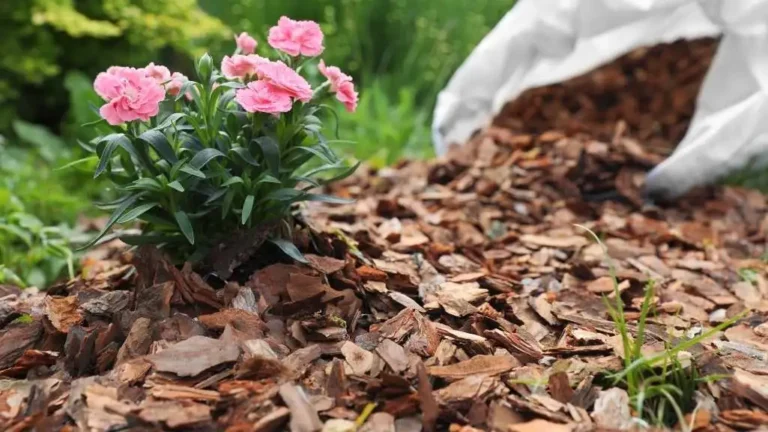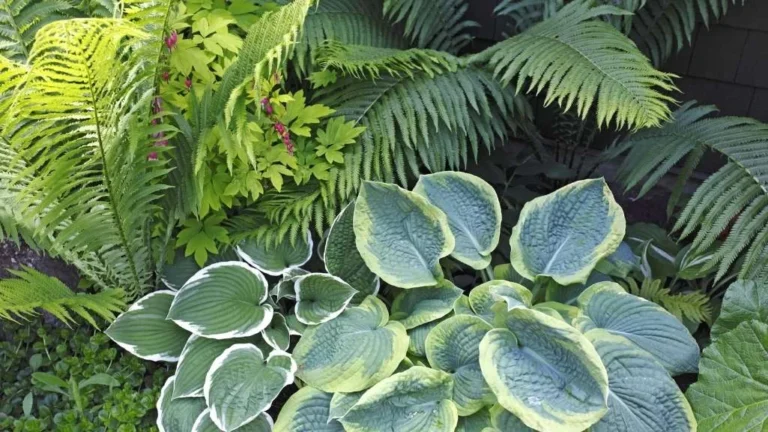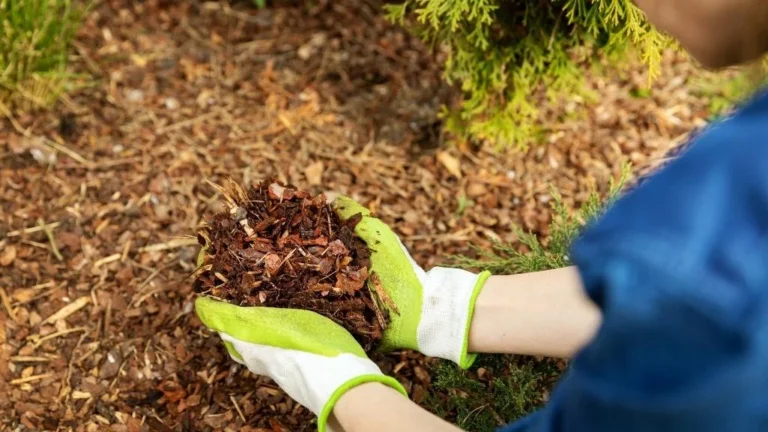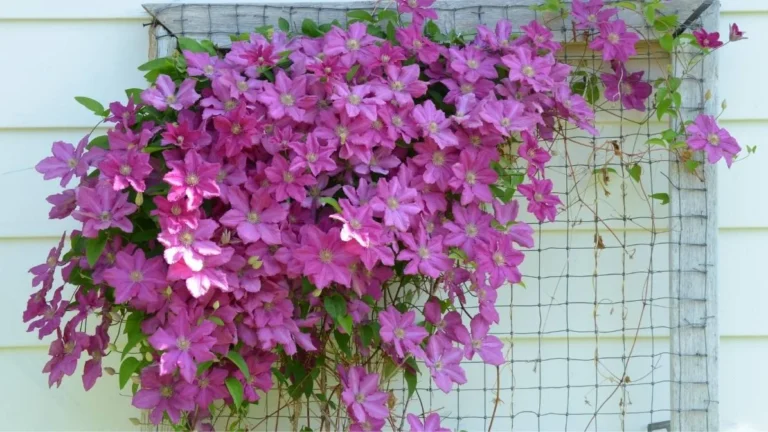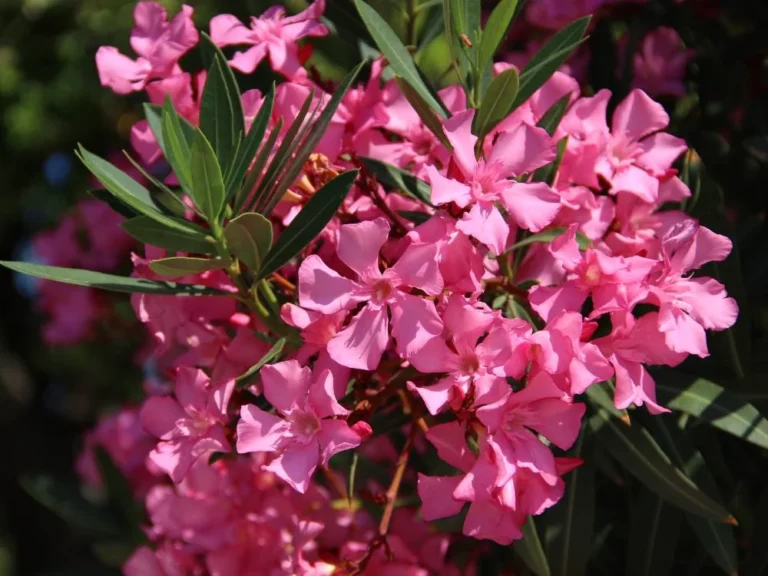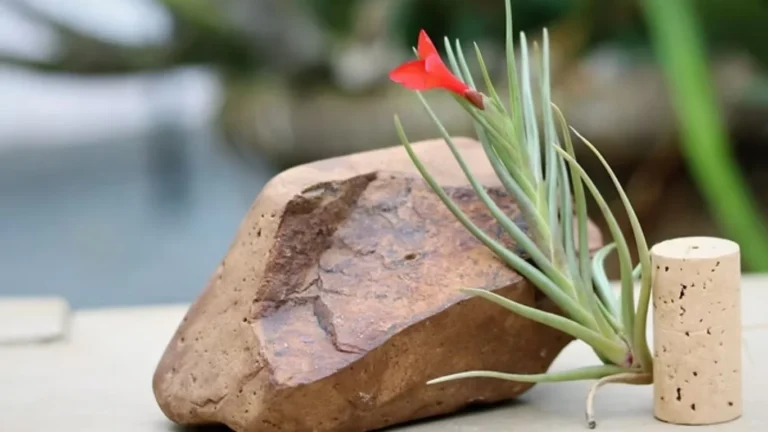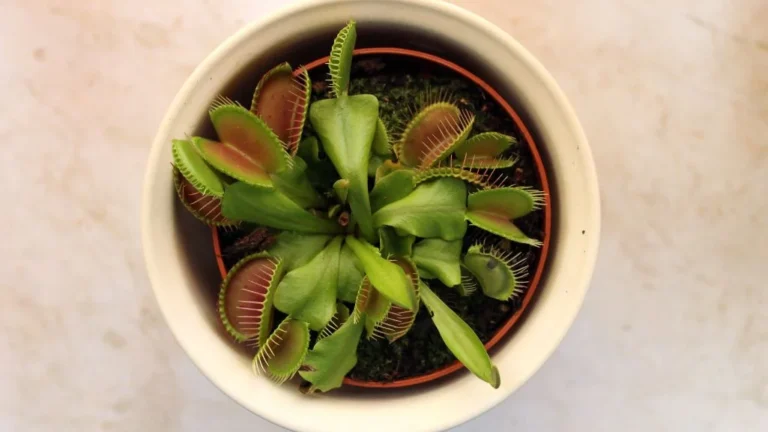Areca Palm, At a Glance
Scientific name | Dypsis lutescens |
Family | Arecaceae |
Common Names | Butterfly palm, Golden cane palm, Yellow palm, Bamboo palm |
Native | Madagascar |
Hardiness Zone | USDA Zones 10 to 11 |
Plant Type | Tropical evergreen plant |
Bloom | Rare |
Caution: Some varieties of Kalanchoe are toxic to humans and pets.
How Areca Palm Looks
Leaves
The Areca palm has long, feather-shaped, arching leaves that grow in clusters at the top of cane-shaped stems. The leaves are typically bright green with a slightly yellowish hue towards the stems.
Stem
The stems of the Areca palm resemble bamboo canes. These stems are typically light green to yellow in color and slightly curve as they mature. The stems emerge from a central point and gradually grow taller as new fronds emerge from the top.
Height
It typically grows to 6 to 7 feet (1.8 to 2.1 meters) indoors as a houseplant. In its natural outdoor habitat, it can reach heights of up to 20 feet (6 meters) or more.
Areca Palm Requirements
Requirements for Areca palm at a glance
Elements | Requirement |
Sunlight | Bright indirect sunlight |
Temperature | 65°F to 75°F |
Humidity | 50-60% |
Soil pH | 6.0-7.0 |
Soil mixture | Moist holder as well as well drained |
Container | Ensure drainage holes |
Water | Keep the soil moist consistently. |
Fertilizer | Once a month during spring to early fall |
Note: The soil pH level indicates how acidic or neutral the soil is. On a scale of 1 to 10, with 7 indicating neutrality, a pH value less than 7 indicates acidity, while a value greater than 7 indicates alkalinity. Areca palm requires slight acidity to neutralize soil pH.
Mix the Soil Properly
Areca palm needs a moist, well-draining, nutrition-rich soil mixture. The ideal potting mix for areca palm contains:
- 40 % of gardening soil,
- 40% of coco-coir or peat moss for holding moisture in the soil,
- 10% of coarse sand or perlite for good drainage and aeration and
- 10% of organic matter (any compost or manure) for adding nutritional value.


Choose the Right Container
Areca palm fibrous, thin roots form a dense network that helps stabilize the plant and efficiently absorb water and nutrients from the soil. So, consider the following factors when choosing a container for areca palm.
- They like to be slightly root-bound, so don’t use a large container. Choose a container one size (2 inches) bigger than the current root system.
- Areca palms have thin, fibrous roots that can quickly rot if they stand on water for too long. So, ensure the container must have drainage holes.
- Ceramic, plastic, or terracotta containers are suitable for areca palms. It’s important to note that plastic pots retain more moisture compared to ceramic or terracotta pots. This difference affects how often you need to water the plant. As areca palm requires moist soil, I suggest putting it in a plastic pot and then placing it into a beautiful decorative pot.
How Much Sunlight Areca Needs
Areca palm requires bright, indirect light. As this plant grows up to 6 to 7 feet indoors, place it beside a big window where the whole plant gets at least 5 to 6 hours of bright light throughout the day. Avoid placing it under direct sunlight; this can burn the leaves. The Areca palm can adjust to low light conditions. However, before putting it in a low-light area, gradually move the plant toward the new environment to allow it time to adjust. Remember that the plant’s growth may slow down or be stunted in low-light conditions.
When & How to Water Areca Palm
Areca palm requires consistently moist soil but doesn’t like soggy soil. Remember the following things while watering the areca palm.
- Water the plant when the top layer of the soil slightly (50-60%) dries out. Do a finger dip test or use a moisture meter to check the soil’s moisture level and then decide to water.
- The areca palm is sensitive to fluoride and chlorine and may be contained in regular tap water. Using room temperature rainwater/filtered water/ distilled water is best for watering areca palm.
- While watering, make sure every layer of soil absorbs water. Keep watering until water starts flowing out of the drainage holes at the bottom of the pot.
- As the areca palm is a tropical plant, it needs a humid environment. If the indoor humidity is less than 30%, install a humidifier to maintain a consistent humid environment. Otherwise, mist the leaves regularly.
Fertilizer for Areca Palm
The areca palm is a fast-growing plant. So, it requires fertilizer too often. During its growing time (summer and spring), fertilize the plant with a nitrogen-based balanced water-soluble fertilizer once a month. NPK (nitrogen, phosphorus, and potassium) 10-10-10 has all the nutrition required for areca palm. It’s better not to put fertilizer in during winter as plants go into dormancy in winter. Dilute the fertilizer to half its strength before putting it on the soil. Water the plant before putting fertilizer.
When & How to Repot
Usually, this plant likes to be root-bound, so check for signs that it needs repotting, including roots growing out of the drainage holes, the plant becoming unstable in its current pot, or water draining too quickly through the soil. Repot the plant in a new container with new soil, using a container 2 inches bigger than the current one. Repot in spring or early summer, during the growing season. Avoid repotting during the dormant winter months. After repotting, keep the soil moist, maintain humidity, and avoid using fertilizer.
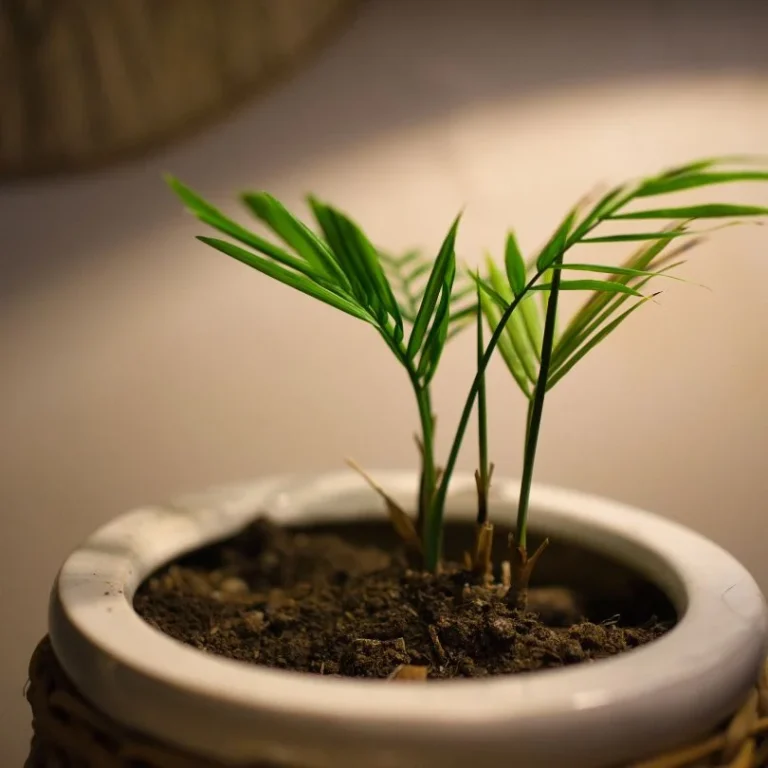

Prune to Thrive Areca Palm
Regular pruning accelerates growth, keeps the plant healthy, and makes it look tidy. With a sterilized knife or blade, prune dead, yellow, or damaged leaves whenever they appear. If only the tips of the fronds are brown or yellow, trim the affected parts. Use sharp scissors to cut at an angle to mimic the natural shape of the leaves. Sometimes, areca has leggy growth. In that case, cut the thin portion. Always remember not to over-prune the plant; this can stress the plant.
Protect Areca Palm from Pest
Pests like spider mites, mealy bugs, and scale insects can attack areca palm.
- Regularly check the plant for signs of these pests, such as webs, tiny insects, or sticky residue on the leaves.
- After encountering any pest, isolate the plant immediately.
- Remove the pest by gently washing the leaves with water or wiping the leaves with damp fabric.
- Use neem oil or insecticidal soap to control pest populations without harming the plant.
- To prevent future infestations, maintain good plant hygiene and avoid overwatering or overcrowding, as pests are often attracted to stress plants.
Dealing with Other Common Issues
- Leaves turning yellow and brown indicates the plant is being Over-watered. In this case, Check the soil; if it is too soggy, let it dry completely before the next watering.
- Droopy leaves indicates the plant is thirsty. Give the plant a good drink. When the plant suffers from under-watering for a long time, then gradually, the leaves will start to turn yellow. Brown or yellow tips are also a sign of under-watering. Areca palm needs moist soil consistently.
- Stem yellowing and crispy brown tips indicate the plant is getting excessive direct sunlight. Keep the plant in a place where it gets fileted or indirect bright light.
Propagation Process of Areca Palm
Areca palm plants can be propagated from their seeds and by division. Seed propagation is a less-used and lengthy process as the plant takes years to bloom. So, the most convenient way of propagating this plant is to divide the clumps from their mother plants. The process of division is as follows.
- Firstly, choose a healthy, bushy mother plant that has several stems.
- Prepare a new pot with drainage holes under it and well-draining soil.
- Water the plant properly the day before doing the division process.
- Get the plant out of the container and remove the soil around the root system.
- Inspect the roots for any rot or diseases. Trim away any brown/mushy root.
- Now, carefully separate the roots to divide the plant into smaller sections, ensuring each part has roots and healthy leaves.
- Place each divided section in its pot, ensuring the roots are covered with soil, and the plant is nicely positioned.
- After completing the process, keep the soil moist, maintain humidity, and monitor the plant for any signs of stress.


Tips for Areca Palm
- Rotate the plant once every 7-10 days. This will ensure that every portion of the plant gets optimal light. And this will promote growth.
- Ensure 5-6 hours of bright indirect light.
- Aerate the soil to ensure good air circulation in the soil.



